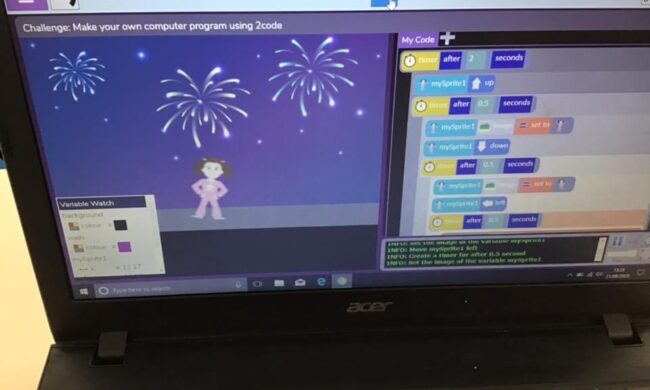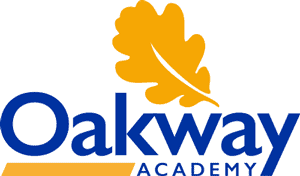


Computing: Statement of Intent
The aim of the Computing curriculum at Oakway Academy is to enable children to acquire and develop knowledge and understanding of Computing, whilst reflecting the needs of the children in an ever evolving technological world. The context of the local community has been carefully considered and integrated into the Computing curriculum. Computing is taught weekly through a carefully developed, ambitious curriculum, which is in line with the National Curriculum, the NCCE guidelines and the changing needs of the children. Learning is well sequenced and progressive across year groups and key stages. Computing is integrated with other curriculum subjects where there are clear links and opportunities to consolidate key skills within digital literacy. All year groups have an adaptive e-safety unit which responds to the evolving needs of the students and the local community. We aim for children to use computational thinking and creativity in the forms of computer science, algorithms and digital literacy; this is building on the needs of the future workplace and as active participants in a digital world.
Year 1 – Technology around us
Small Step Sequence –
1a. to classify what is technology
1b. to understand how technology helps us (in and beyond school)
2a. to name the hardware elements of devices
2b. to know how to turn devices on and off safely
3a. to understand the functions and purpose of a mouse/trackpad
3b. to manipulate screens/objects using the mouse
4a. to understand the functions and purpose of a keyboard
4b. to begin to use a keyboard with efficiency (typing speed assessment)
5a. to establish rules of how to use devices safely and efficiently
5b. to establish how to save and access saved work
Year 3 – Coding
Small Step Sequence –
1a. to define an algorithm.
1b. to create and follow an algorithm with supported small steps.
2a. to understand what code is
2b. to link instructions and coding.
2c. to use simple programs to create algorithm
2d. to build a simple algorithm consisting of event, object and action coding.
2e. to use variables such as timers, buttons and collision detectors.
2f. to add repetition to an algorithm
3a. to debug simple instructions
3b. to debug simple algorithms
4a. to evaluate the steps taken whilst building the algorithms
4b. to evaluate the personalisation of the game
4c. to evaluate others work and give constructive criticism.
